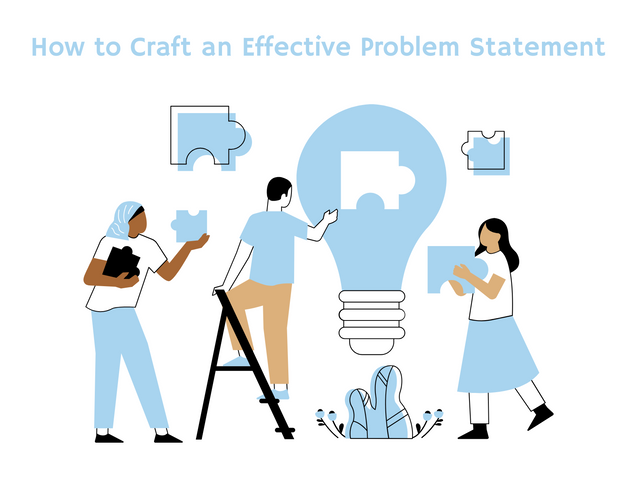Crafting Effective Problem Statements
Throughout our consulting work with clients across the University, we have observed that the foundation of any successful project or initiative lies in a clear and well-defined problem statement. Here is why it matters and how to craft one that drives results.
Why Problem Statements Matter
A good problem statement:
- Focuses efforts and resources
- Aligns stakeholders
- Sets the stage for measurable outcomes
Key Elements of an Effective Problem Statement
- Clarity: Articulate the issue without ambiguity
- Specificity: Provide concrete details about the problem’s scope
- Relevance: Connect the problem to institutional goals
- Measurability: Include quantifiable elements where possible
- Neutrality: Avoid presupposing solutions

Crafting Your Statement
To start, state the pain point or challenge your team wants to address. Then, try to acknowledge:
- What is the impact?
- When does it happen?
- Who is affected?
- Where does it occur?
- Why is it important to solve?
Template:
“________ results in _______, leading to ________. This challenge is occurring in _______, and it is important to address because ______________”
Example:
“First-year retention rates have dropped by 8% (1) over the past two years (2), affecting student success and institutional reputation(3). This trend is most pronounced in STEM programs (4) and requires immediate attention to maintain our competitive edge and fulfill our mission of student empowerment (5).”
*Please note that this is a fictional example meant to provide guidance for crafting problem statements in an administrative setting in higher education.
You may be surprised to know that we believe that it is perfectly okay to not know specific data points while crafting your original problem statement. The north star to crafting this kind of statement is to be as clear and concise as possible given the information you have at the time of writing. As the project progresses and more data becomes available, it’s both expected and beneficial to refine and evolve the problem statement. This iterative approach ensures that the statement remains relevant and accurate throughout the project lifecycle.
Moving Forward
A well-crafted problem statement sets the stage for innovative solutions. It invites collaboration and ensures that efforts are directed towards a common, well-understood goal. Although we try to empower our clients with the tools to craft a strong problem statement, we are also happy to help craft this with our clients interested in continuous improvement. If you’re interested in working with us, please feel free to browse our services page. As you embark on your next project, remember: a clear problem statement is your first step towards meaningful change.
*Parts of this post were crafted with assistance from AI technology.